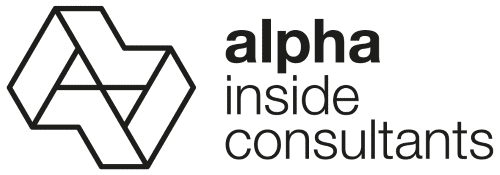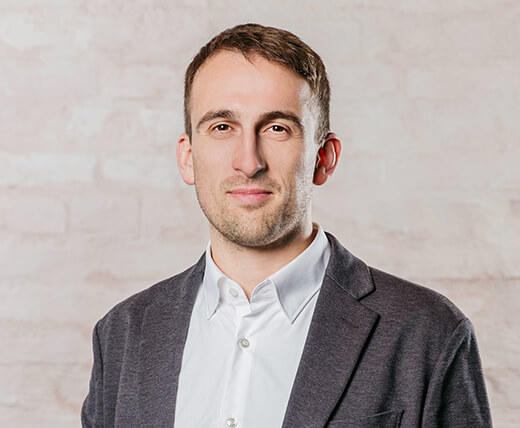Whether DGNB, QNG, LEED, WELL or EU taxonomy - material ecological requirements enjoy a high priority!
Sustainability has been measurable for many years through green building certification systems and recently also through the taxonomy regulation and has become an integral part of future-oriented project developments. A focus topic that runs through all criteria catalogs and is also highly relevant in existing buildings is the very high requirement for materials in interior construction and their ingredients.
In addition to the established sustainability classifications, however, healthy interiors are above all a decisive factor for the well-being and productivity of the people who use them.
A decisive criterion here is the limit value of VOCs, so-called "Volatile Organic Compounds" - or also "volatile organic compounds". These are chemical substances contained in many building materials such as paints, varnishes, adhesives, floor coverings and furniture. During the drying or curing process, these compounds can outgas into indoor air and cause health problems. Examples of VOCs include benzene, formaldehyde, toluene and xylene.
Formaldehyde is a particularly well-known and potentially harmful substance. It is commonly used in engineered wood products such as particleboard, MDF, and furniture. Similar to VOCs, formaldehyde can be released into indoor air, causing respiratory irritation, allergic reactions and even serious illness in the long term.
Compliance with the various limits for VOC and formaldehyde emissions plays a crucial role in the health and well-being of future occupants of residential buildings and users of commercial properties. Indoor air pollutants can have a negative impact on respiratory health, concentration and overall health. Choosing building materials and interior design with low VOC and formaldehyde emissions can create healthier indoor environments.
For DGNB, QNG and the EU Taxonomy, the ambitious limits are a minimum requirement. In the case of DGNB, LEED and WELL, points can be achieved by complying with specific limit values and thus, if necessary, higher award levels.
As a consultancy that has been intrinsically dedicated to sustainability for over 20 years, we place great emphasis on material ecology and support our clients in selecting environmentally friendly and health-conscious solutions. Together, we can ensure that tomorrow's building projects meet the highest standards in terms of VOC and formaldehyde emissions. After all, this is the only way we can create interiors in which people feel good and stay healthy.
For more information on the healthy and health-promoting design of sustainable working environments, click HERE.
If you have any questions on the subject, please feel free to contact our expert:
Thomas Heiß, Consultant Alpha IC
M.Sc. Energieeffizientes und nachhaltiges Bauen ∙ DGNB RP ∙ LEED AP ND
Telefon: +49 151 422 294 33 | Mail: t.heiss@alpha-ic.com



